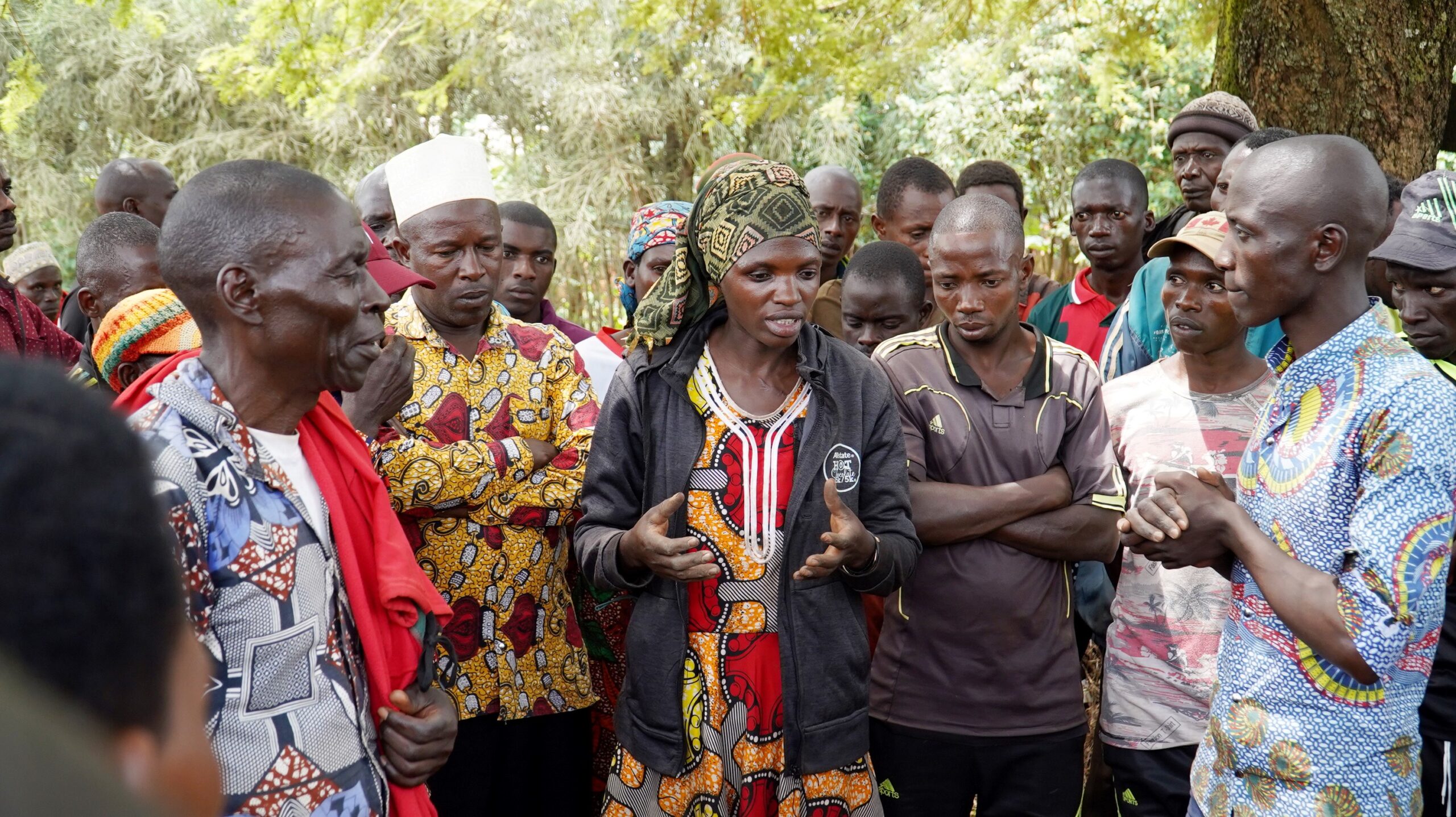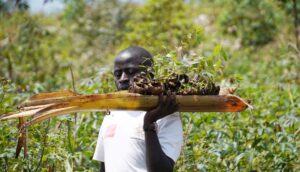Cultivating unity and peace in Burundi through reforestation initiatives
In Burundi, the impacts of climate change have been widespread. With a surface area of less than 30,000 km² and a population of nearly 12 million, the depletion of limited land and natural resources has been an issue for many years, and it is becoming increasingly more. Deforestation has rapidly cleared large areas across Burundi, depleting a major source of firewood, timber for construction, and protection against soil erosion. Recognising the urgency, the government launched a national reforestation campaign called "Ewe Burundi Urambaye"(Let's Reforest Burundi) in 2018. Although the initiative successfully planted almost 45 million tree seedlings in its first year, reversing decades of rampant deforestation requires sustained and collaborative efforts.
In the Giteranyi commune, Muyinga province, residents have witnessed firsthand the localised effects of environmental degradation. Just ten hills had any tree cover left, leaving the rural area vulnerable to erosion, landslides, and loss of arable land. Community priority-setting sessions facilitated by the “Synergy for Peace III project,” which seeks to facilitate inclusive and collaborative livelihood and social cohesion initiatives, identified environmental protection as a top priority.

In July 2023, the Giteranyi community group, a diverse collective of stakeholders, came together to make a significant impact. They identified a hill (Shoza) and planted over 10,000 seedlings, a testament to their shared commitment to environmental protection. The participation of both young and old in the reforestation work underscored the unity and shared responsibility in the community. As one participant remarked, "This activity benefits the whole community. By protecting this hill, I'm protecting the people around me and the environment of Burundi."
Beyond environmental benefits, reforestation addressed a driver of potential conflict in the region. Without tree cover, communities are left vulnerable to erosion and landslides. This can spark disputes over land ownership and access to increasingly scarce natural resources like firewood for heating and cooking.

"We are not often aware that climate change is a major contributor to land conflicts, which is why we need to support this reforestation project," explained Floride Nduwayezu, the administrator of Giteranyi commune, who instructed local residents to protect the seedlings.
For the Giteranyi administrator, allowing further deforestation risks escalating resource conflicts. “If the environment is not safeguarded in Giteranyi commune, there is a great risk of major community conflicts due to competition for natural resources such as firewood, trees for building houses,” emphasised Floride.
Further deforestation risks escalating resource conflicts in Giteranyi, where women heavily rely on firewood for household tasks and trees to support crop fields. Renewing these critical resources motivated the reforestation effort’s community participation. Local leaders and other stakeholders like the permanent dialogue group (PDG) of Giteranyi have championed protecting Shoza hill’s new trees.
The Shoza hill reforestation sets an example for other Burundian communities to follow. By taking collective action to address environmental issues, they can strengthen social cohesion while reducing drivers of potential conflict over scarce natural resources.

Learn more about Interpeace's holistic approach to building sustainable peace. Click here to access our "Livelihoods for Peace" paper, which explores how fair access to livelihood opportunities, social cohesion, and inclusive development are essential for lasting peace in communities like the one featured in this story.



